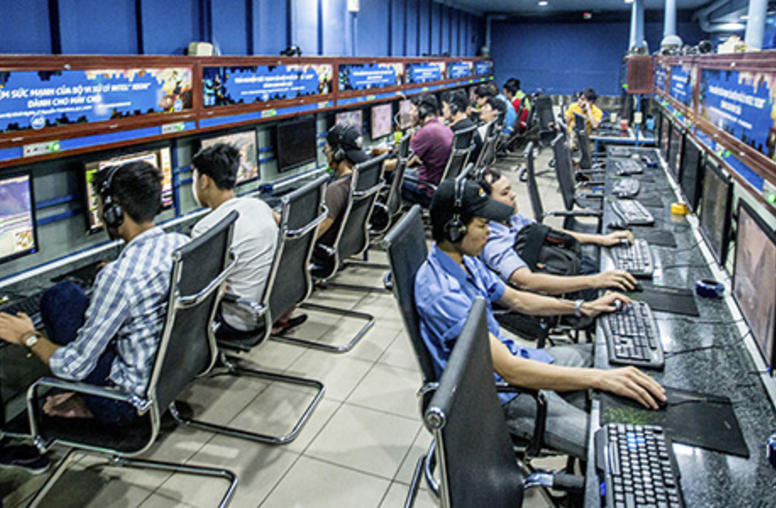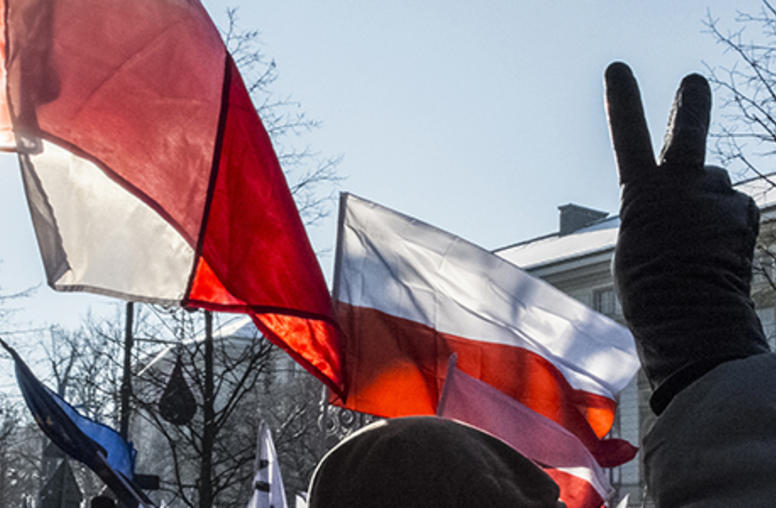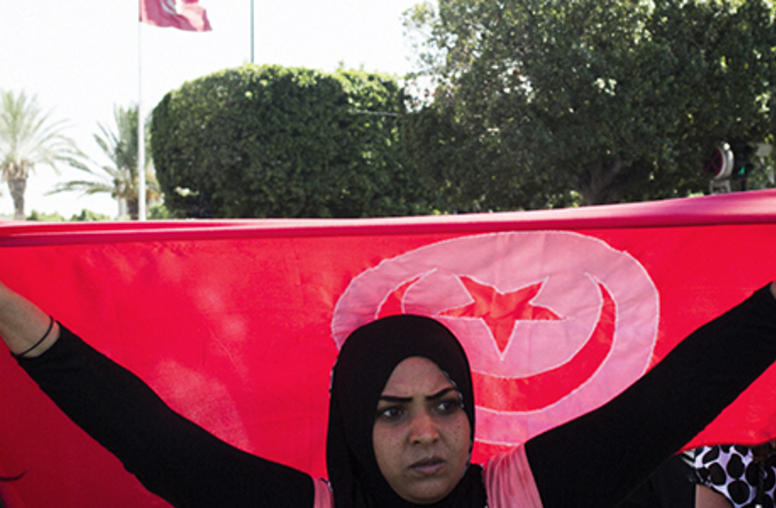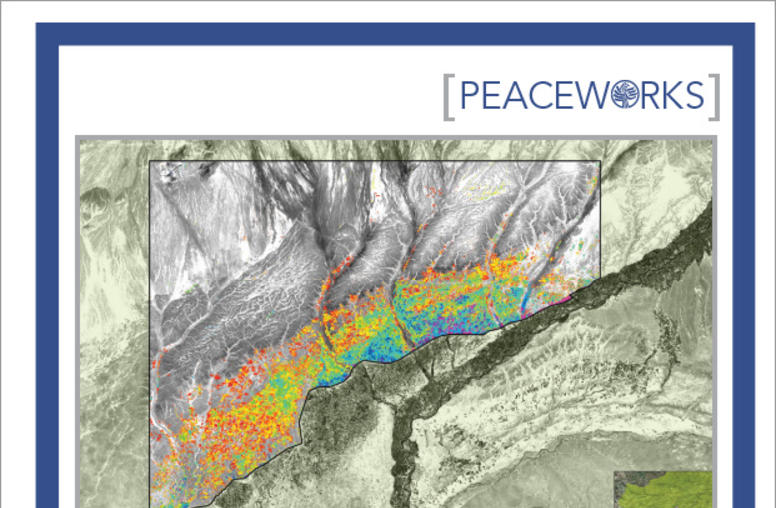Social Media’s Effects on the 'Fog of War' Call for Careful Analysis
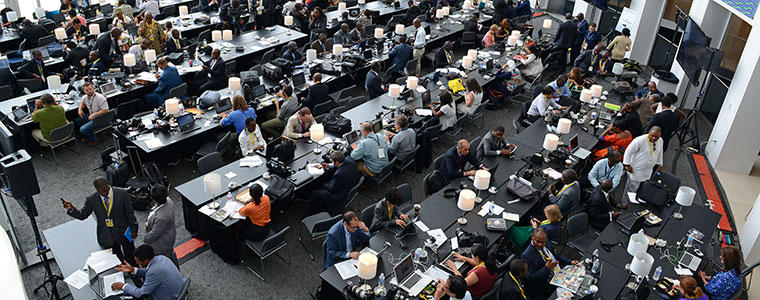
Two camps usually dominate the debate over social media’s effect on conflict – the “cyber-skeptics” and the “cyber-optimists.” The truth is more likely to lie somewhere in between, and the rapid evolution of technology is making it critical for policymakers, activists and the public to weigh the pros and cons of these new forms of communication.
Anand Varghese, a program specialist at USIP’s Center of Innovation for Science, Technology and Peacebuilding, outlines the search for nuance and analytical approaches to the question in one of a series of papers published this week by the Organization for Security and Cooperation in Europe. The publication, "Preparing for Peace: Communications in Conflict Resolution," grew out of a seminar held at Trinity College Dublin on Oct. 24, featuring Varghese and five other experts.
“Communications can play a positive or negative role in conflict situations and peacebuilding processes,” says Eamon Gilmore, Ireland’s Deputy Prime Minister and Minister for Foreign Affairs and Trade, and the OSCE Chairperson-in-Office, in a forward to the publication. “Managing this is a key question for policymakers. The digital age has made this task even more urgent.” We see this daily in the State Department’s programs such as TechCamp and other e-diplomacy projects, where the U.S. is trying to support local community efforts worldwide in the use of social media and other communication platforms.
Because the evolution of new media is in its early stages, the imperatives of “Internet freedom” and training for activists and others to use social media risks running ahead of real understanding of the effect that tools like Twitter, Facebook and YouTube really have on conflict situations. The flood of information “has transformed conflict zones from areas once dominated by the `fog of war’ to regions of information surplus,” Varghese wrote.
“One camp was confident that new media would usher in a wave of global dissent and democratic change, while the other argued that these tools would simply create another arena for authoritarian repression,” Varghese writes in his paper.
“At various communication epochs – the printing press, radio, television, etc. – people have predicted that they would lead to the breakdown of various social barriers – ethnic, political, national, etc.,” Varghese says.
Facebook has a page illustrating how it has aided contacts between various groups beset by historical conflicts, such as the Israelis and Palestinians or the Indians and Pakistanis. The Massachusetts Institute of Technology’s SaxeLab, run by Dr. Rebecca Saxe, is showing how people’s attitudes toward each other can change with communication across cultures, Varghese says.
A lot of work still needs to be done, though, to really understand the effect on the knowledge of citizens and activists or when new media really succeed in improving relations among groups and when the those channels fail. Research also needs to examine how regimes are reacting and whether social media has more impact on observers outside the conflict zone than inside, Varghese says, cautioning against “confusing international attention with local influence.”
While powers such as Russia or China might be able to “co-opt or subvert” new media, other regimes are less adept at controlling the information flow. “Rami Nakhla, a leader of Syria’s Local Coordination Committees, commented that activists are `overwhelming the regime’ with the size and scope of new media content,” making it difficult or impossible to control the online conversations, Varghese writes.
Experts in peacebuilding can use data-crunching tools for analysis similar to the way financial analysts predict stock market trends or companies conduct Internet marketing. That requires “harnessing the vast amounts of data” coming from users. “Our tools for extracting insight from these data are steadily improving,” Varghese says. But that also can raise privacy issues and questions about who owns the data being compiled and examined.
Varghese also cites the well-publicized incident during the 2009 post-election protests in Iran, when the State Department requested that Twitter postpone its site maintenance so that demonstrators could continue to rally supporters with the #IranElection hashtag. “There are serious doubts as to whether this was of any use to the protesters in Tehran, but the incident marked an important engagement of the private sector by outside actors who wanted to influence events on the ground through new media,” Varghese writes.
So are you a cyber-skeptic or a cyber-utopian? Or somewhere in between? Discuss.
Comments:
| Date: Saturday, December 21, 2012 9:31 AM From: Julie Poucher Harbin |
|
Nice post Viola! I will post a link on our web site www.islamicommentary.org. I remember you from IREX Sarajevo. Nice to hear your (virtual) voice again. |
